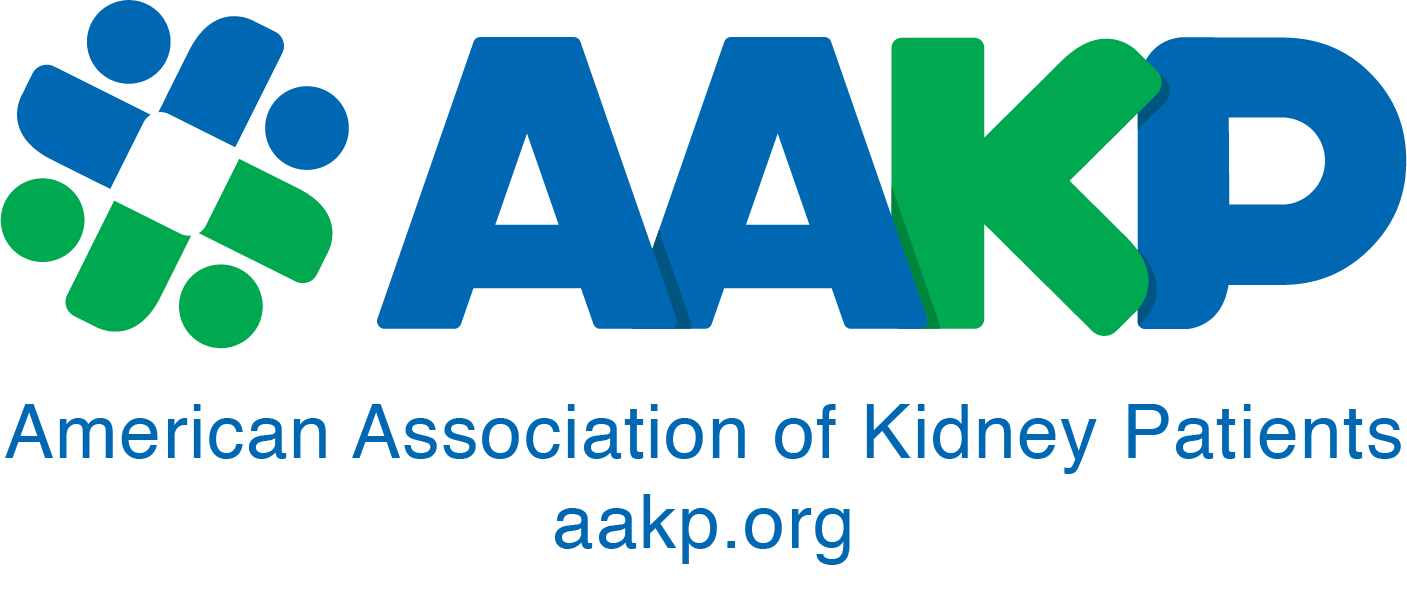Peritoneal dialysis (PD) is a treatment option to remove waste products and excess fluid from the blood when the kidneys are no longer properly functioning. PD uses your own peritoneum – a natural membrane that covers the abdominal organs and lines the abdominal wall. This membrane acts as a filter. The peritoneum is a porous membrane that allows toxins and fluid to be filtered from the blood.
The first stage in PD is to create an access point. This is so the dialysate fluid can pass through your peritoneal cavity (the space surrounding your peritoneum, a thin membrane lining the inside of the abdomen).
To create an access point, an incision is made in your abdomen, usually just below your navel (belly button). A piece of equipment called a catheter will be inserted into the incision.
A catheter is a thin piece of tube, about 4 inches long. The dialysate fluid is passed through the catheter and into the peritoneal cavity. After a dialysis session is complete, the end of the catheter is sealed. You will be shown how to keep the catheter clean to prevent peritonitis – an infection of the peritoneum. The catheter is permanently attached to your abdomen.
What Happens During Peritoneal Dialysis
During PD treatment, a sterile cleansing solution (dialysate) flows through the catheter into your abdomen. The solution stays in your abdomen for a prescribed period of time, known as dwell time. During this dwell time, waste, chemicals and extra fluid in your blood pass from tiny blood vessels (capillaries) in the lining of your abdominal cavity (peritoneum) into the dialysis solution. The solution contains a sugar that draws wastes and extra fluid through the capillaries in your peritoneum into your abdomen. Your belly may feel fuller than usual while the dialysis solution is there, but it’s generally not uncomfortable.
When the dwell time is over, the solution, along with waste products drawn from your blood and any excess fluid, drains into a sterile collection bag. The process of filling and then draining your abdomen is called an exchange.
It is important to perform every exchange and dwell exactly as recommended. Skipping a treatment or performing a dwell for shorter or longer than recommended may increase the risk of illness and the chances of being hospitalized, and can even shorten the person’s life.
Two Types of Peritoneal Dialysis
Different methods of peritoneal dialysis have different schedules of daily exchanges. The two main schedules are continuous ambulatory peritoneal dialysis (CAPD) and continuous cycling peritoneal dialysis (CCPD). Some people use a combination of both methods.
Continuous Ambulatory Peritoneal Dialysis
CAPD does not require a machine. It can be done in any place that is clean. The only equipment you need is a bag full of dialysate fluid and the plastic tubing that comes attached to the bag. A mask is also recommended to prevent the risk of infection. As the word ambulatory suggests, you can walk around with the dialysis solution in your abdomen. CAPD is performed manually and can be done almost anywhere.
With CAPD, dialysis takes place 24-hours a day, seven days a week. Exchanges are usually performed every four to six hours during the day. An exchange of dialysis fluid in CAPD is simple. You will be able to do it yourself once you have been trained by a specialized CAPD nurse. This training usually takes one to two weeks.
Continuous Cycling Peritoneal Dialysis
CCPD also known as automated peritoneal dialysis (APD), is done at home with your catheter connected to a cycler machine. CCPD is a simple procedure. The machine automatically controls the timing of exchanges, drains the used solution, and fills the peritoneal cavity with new solution. The machines are easy to operate and have built-in safety devices. They are portable about the size of a small suitcase. They can be used wherever there is an electricity supply.
Is PD right for you? Here are some benefits.
Fewer visits to the dialysis clinic. You will only need to come to the clinic for checkups. You should be able to fit dialysis in around family, social and work life. Less stress on your body because treatment is done more continuously instead of intermittently. Allows a more liberal diet. If you choose APD you dialyze overnight instead of during the day, making it easier to fit around work and leisure.
Here are some of the cons to PD.
- PD needs to be done every day. You need to be able to build this into your life.
- You need to have storage space in your house for supplies. This could be a spare room, a large cupboard, a shed or a garage.
- You will have to protect the catheter from getting wet.
- If you choose CAPD you will need to be flexible in your daytime activities so that you have time to do four exchanges.
Patients are often allowed to choose between CAPD and CCPD or APD based upon lifestyle or personal issues. CCPD or APD allows significantly more uninterrupted time for work, family, and social activities than CAPD.
We hope you found this information helpful in explaining your PD options. Remember to talk with your physician if you have additional questions.
























